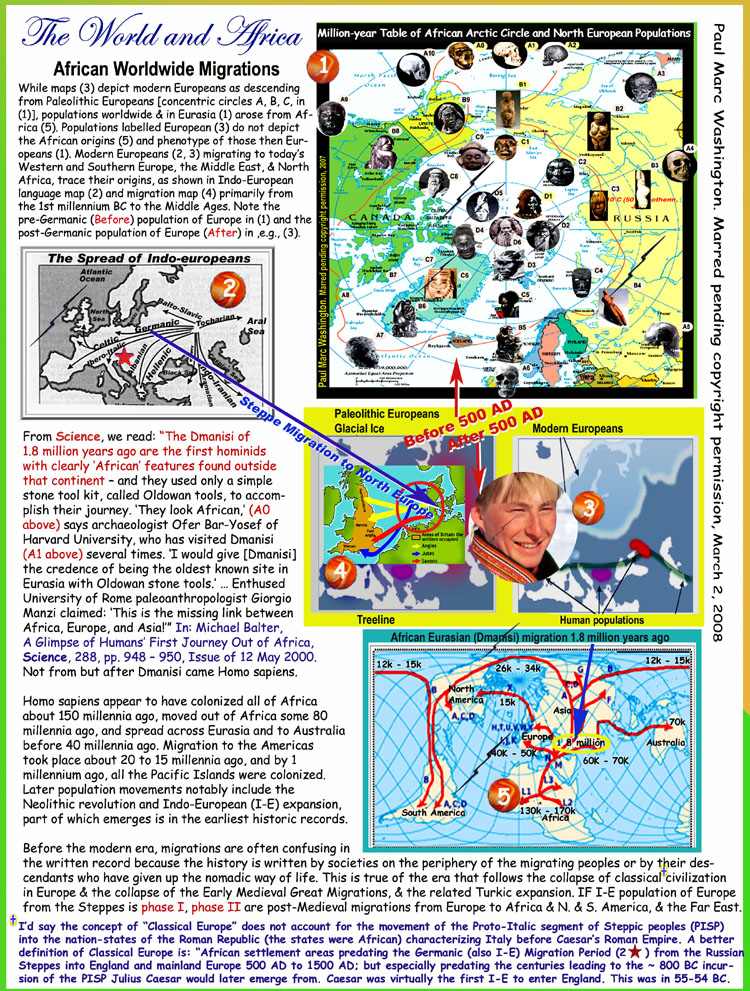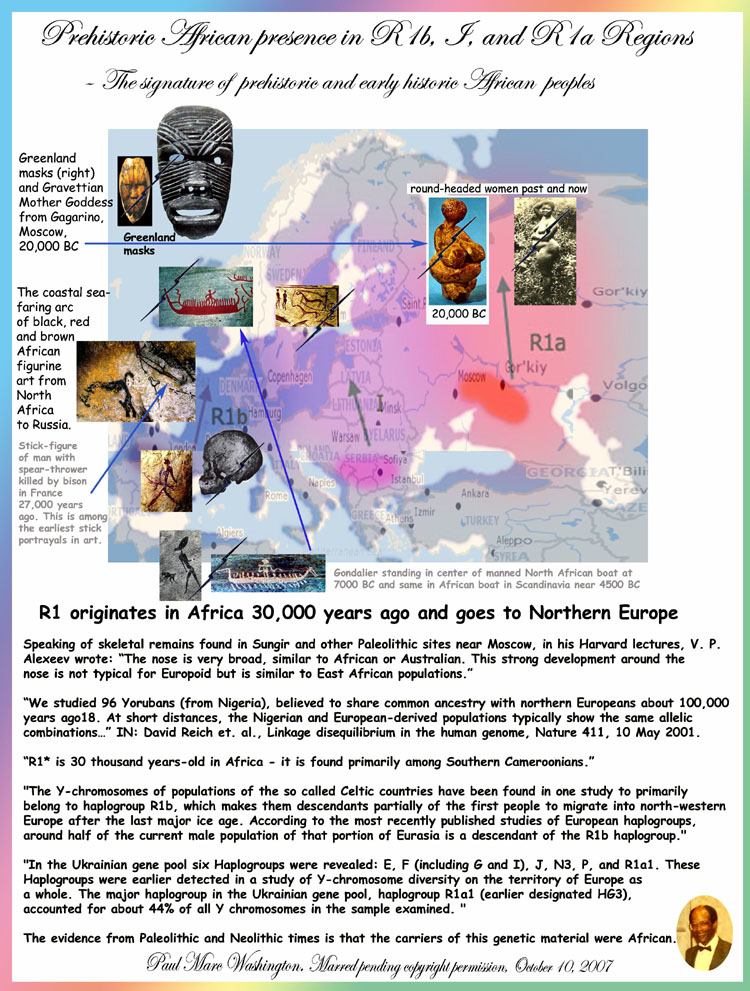Posted: Sun Mar 08, 2009 6:25 am
Looks like I'm going to need more popcorn.
Your source on the web for daily archaeology news!
https://archaeologica.org/forum/
These deal with early shipping. Here are two pages that show some of those early ships:Barbot is cited by Hargreaves (in Stone, as above) re. the Portugese sources of of west African sails. Sails in west-facing Europe were seen to be one of many traits evolving on Atlantic coasts owing little to elsewhere. Those in Egypt emerge from Nile Valley conditions and those of the Sixth Dynasty (c. 2350- 2280 B.C.) bear some likeness to west African forms but are not identical. Elsewhere in this work, the west African dugout was seen as basically a riverine form with some sea-going capacity. This should mean it and its traits owe very little to outside and in this way, the African matting-sail ...
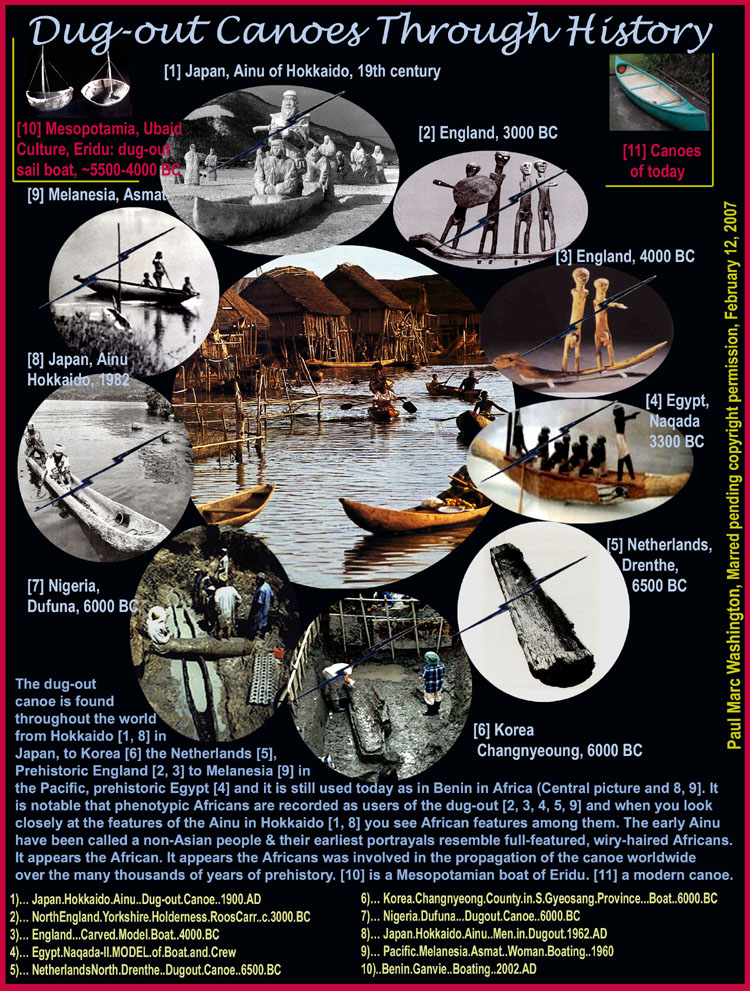
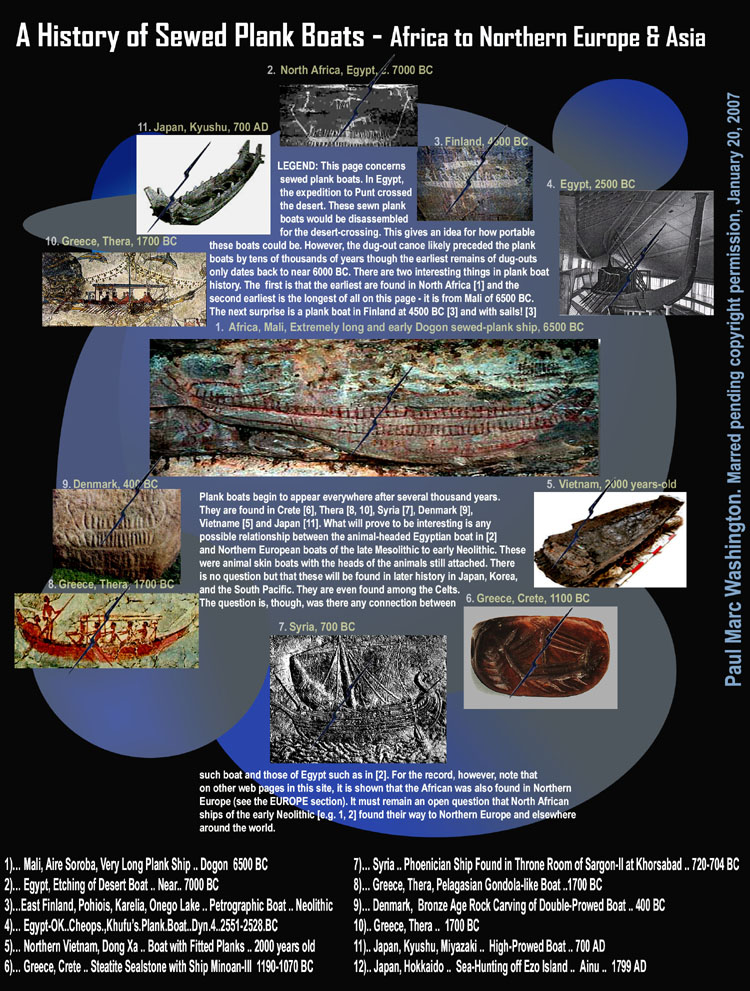
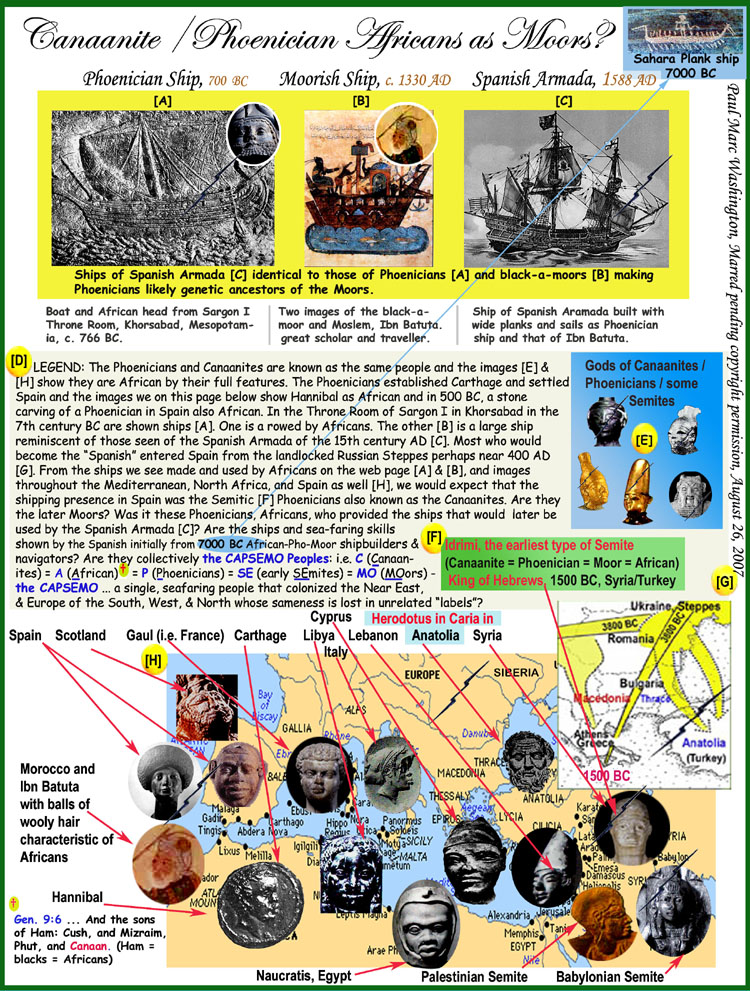
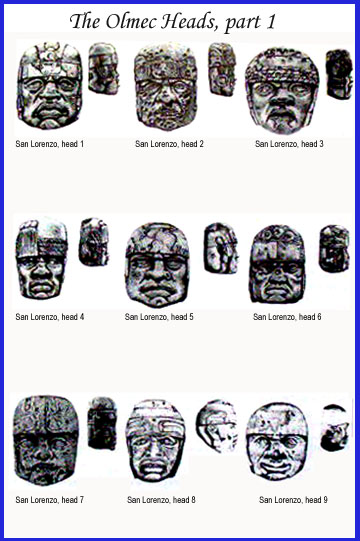
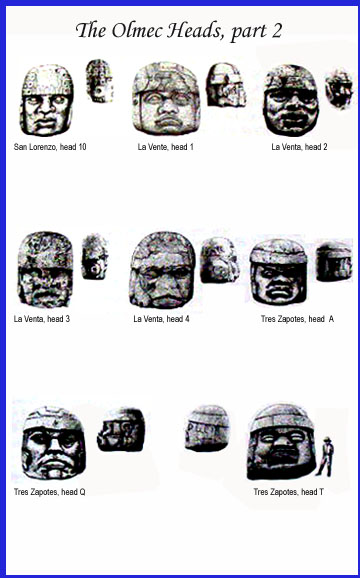
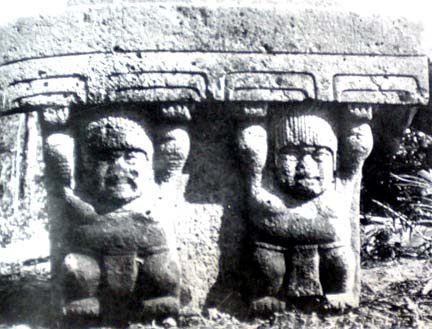
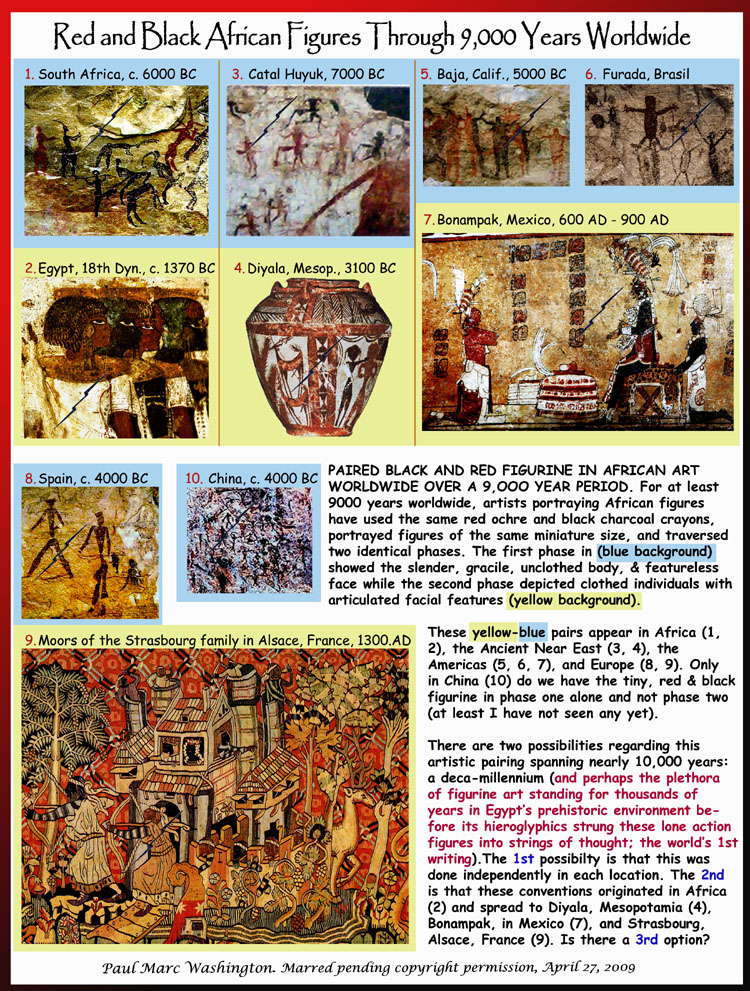
It is a high contrast color combination
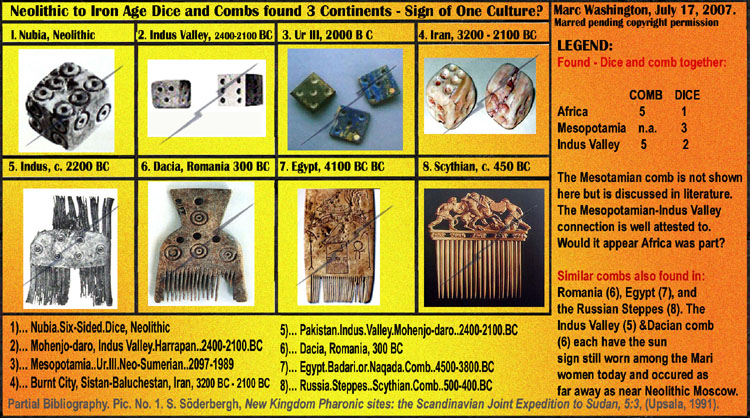
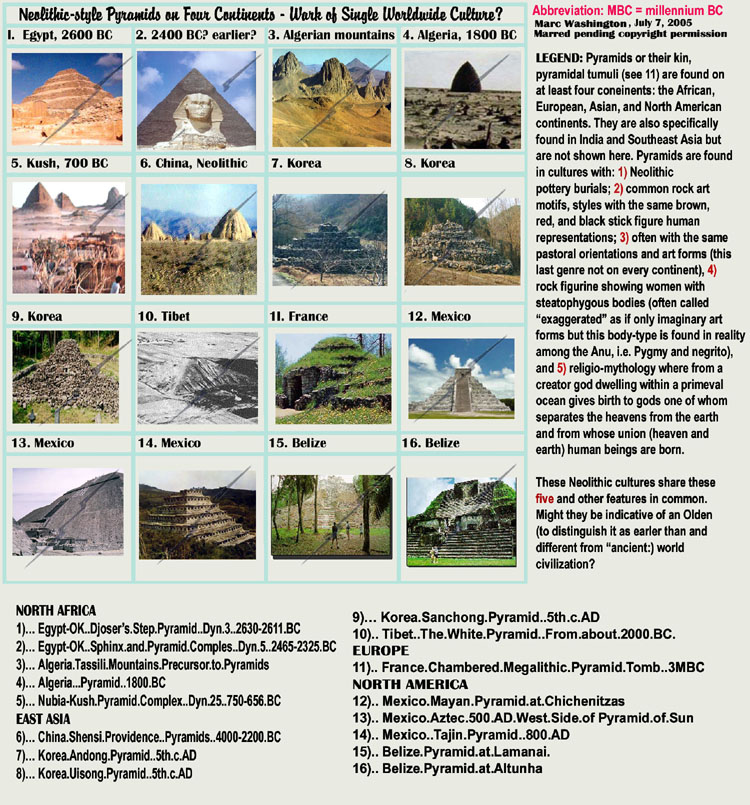
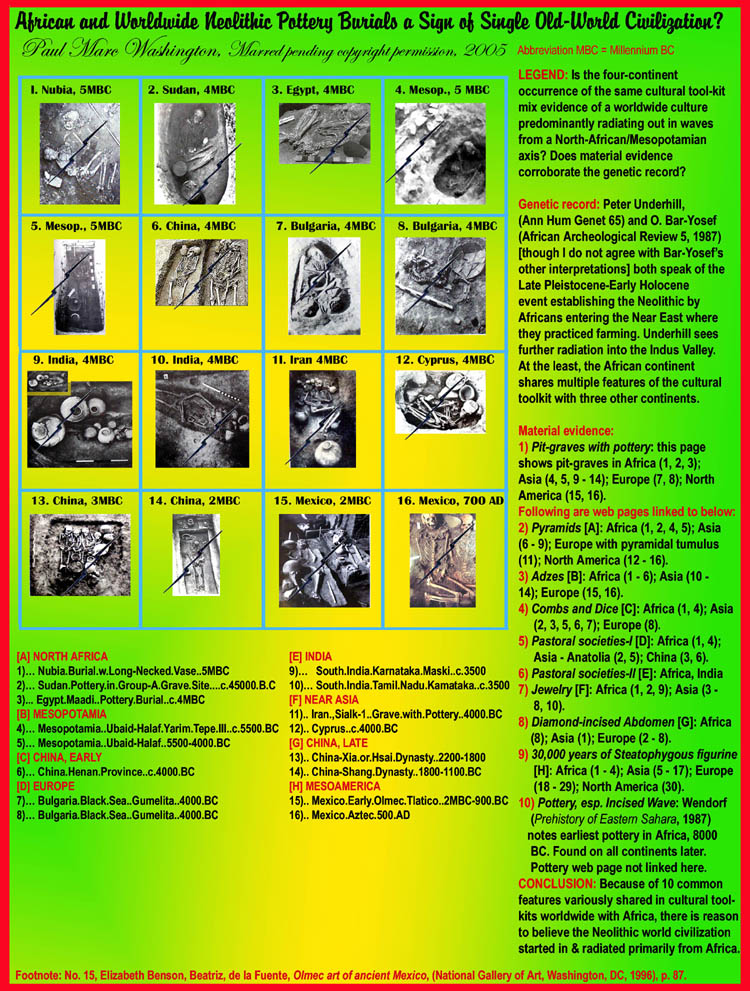

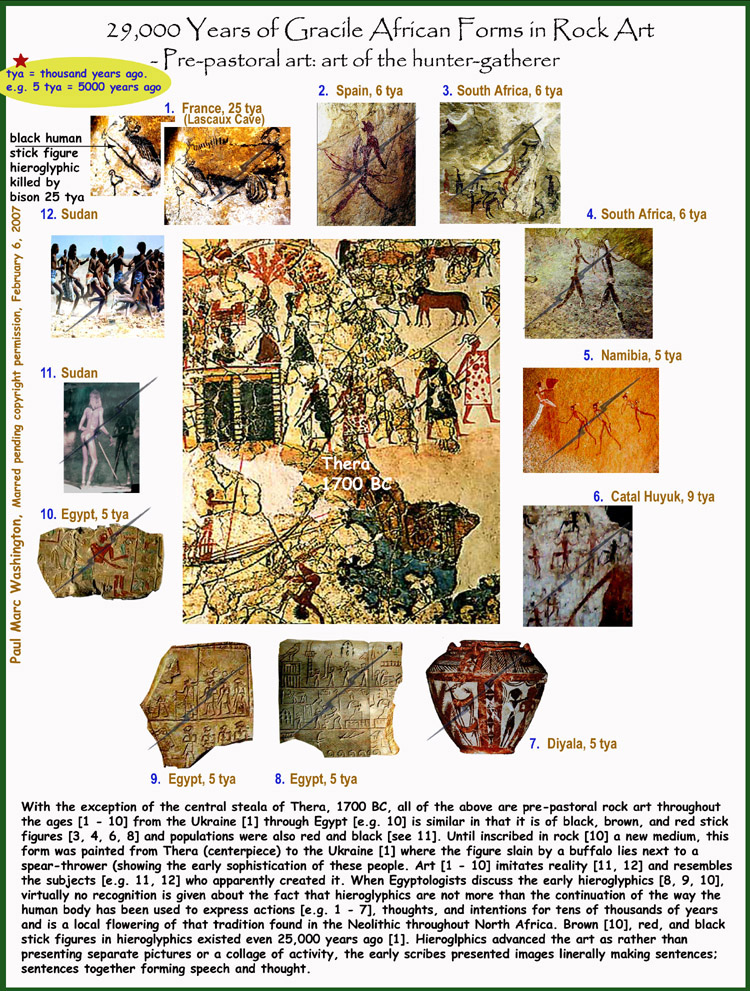

I agree with you. Additionally I have a theory of my own, that many of the rock drawings/cave paintings don't neccesarily show gods/spirits/people of other races, but possibly record religious rites, and that some of the unidentified figures are merely representations of body-painted & decorated humans.kbs2244 wrote:While I am not against the idea of a lot ocean traffic going on in "un-recorded" times, I do think it is a bit of a stretch to say that any occurrence of red/black in an inscription, or rock painting, or what ever, is an example that Africans have been there.
It is a high contrast color combination.
Anyone wanting to highlight what they were showing would have used it.
I agree with you.While I am not against the idea of a lot ocean traffic going on in "un-recorded" times, I do think it is a bit of a stretch to say that any occurrence of red/black in an inscription, or rock painting, or what ever, is an example that Africans have been there.
It is a high contrast color combination.
